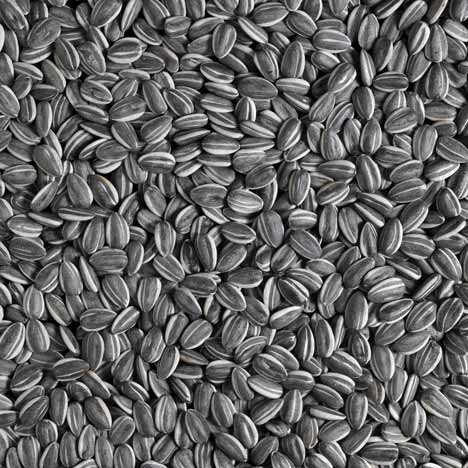
Sunflower Seeds 2010 by Ai Weiwei
Chinese artist Ai Weiwei has covered the floor of the Turbine Hall at Tate Modern in London with more than 100 million individually handmade replica sunflower seeds.
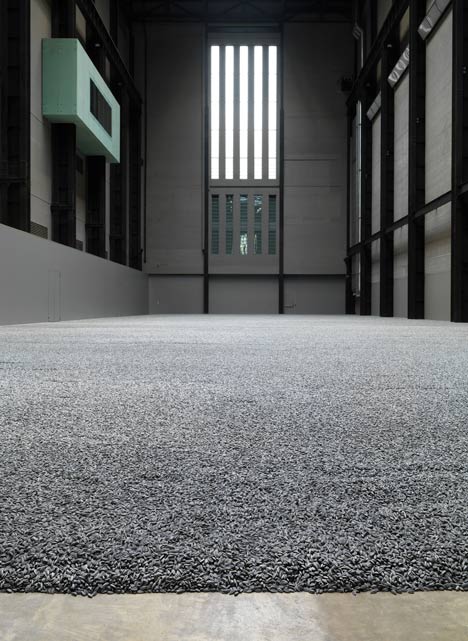
Top image is by Marcus Leith & Andrew Dunkley
Commissioned for the The Unilever Series, the installation invites visitors to walk over the porcelain pieces, which cover 1000 square metres of the hall.
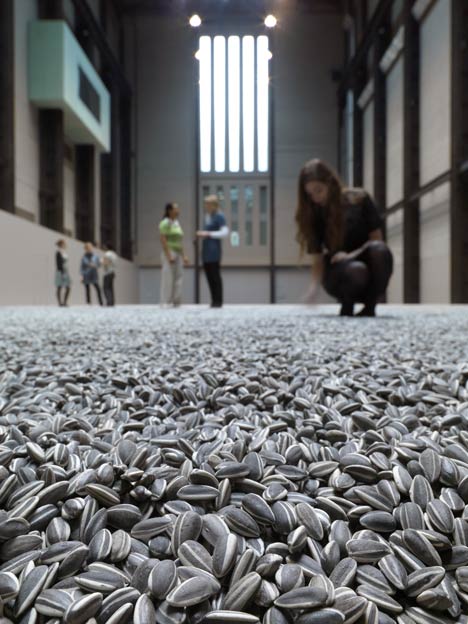
Each seed was moulded, fired, hand-painted and fired again in the Chinese city of Jingdezhen over a two year period.

Photographs are copyright Tate Photography.
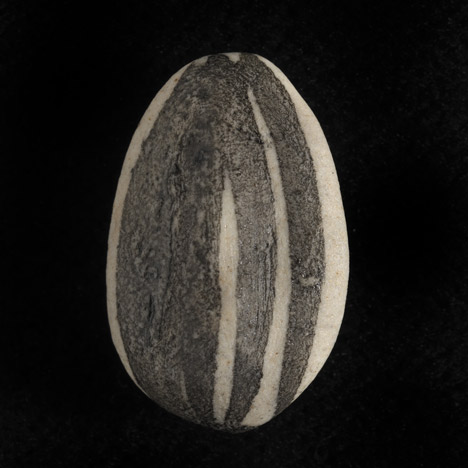
Above image is by Marcus Leith & Andrew Dunkley
Here's some more information from Tate:
Tate Modern today unveils the latest commission in The Unilever Series, Sunflower Seeds, by the renowned Chinese artist Ai Weiwei. The sculptural installation appears at first to be a vast, flat landscape of sunflower seed husks, covering the east end of the Turbine Hall. Visitors are invited to walk across the surface of the work and discover that each seed is in fact a unique porcelain replica, one of over 100 million individually handmade objects which have been specially produced for the commission.
This is the largest work Ai has made using porcelain, one of China’s most prized exports, with which he has previously created imitation fruit, clothes and vases. Although they look identical from a distance, every seed is different, and far from being industrially produced, ‘readymade’ or found objects, they have each been intricately handcrafted by skilled artisans. All of them have been produced in the city of Jingdezhen, which is famed for its production of Imperial porcelain. Each ceramic seed was moulded, fired at 1300°C, hand-painted and then fired again at 800°C. Over the course of two years, over 100 million of these were made, forming a mass of objects that weighs over 150 metric tonnes, covering 1000 square metres of the Turbine Hall. The casual act of walking across their surface contrasts powerfully with the precious nature of the material and the effort of its production.
For Ai, sunflower seeds – a common Chinese street snack shared by friends – carry personal associations from the Cultural Revolution (1966-76). While individuals were stripped of personal freedom, propaganda images depicted Chairman Mao as the sun and the mass of people as sunflowers turning towards him. Yet Ai remembers the sharing of sunflower seeds as a gesture of human compassion, providing a space for pleasure, friendship and kindness during a time of extreme poverty, repression and uncertainty. There are also contemporary resonances in the work, with its combination of mass production and traditional craftsmanship inviting us to look more closely at the ‘Made in China’ phenomenon and the geopolitics of cultural and economic exchange.
Sunflower Seeds is a sensory and immersive installation, which visitors can touch, walk on and listen to as the seeds shift beneath their feet. However, the tactile, engaging nature of this work also encourages us to consider highly pertinent questions about ourselves and our world. What does it mean to be an individual in today’s society? Are we insignificant or powerless unless we act together? What do our increasing desires, materialism and number mean for the future? Ai Weiwei has said “From a very young age I started to sense that an individual has to set an example in society. Your own acts and behaviour tell the world who you are and at the same time what kind of society you think it should be.”
Sheena Wagstaff, Chief Curator, Tate Modern said: “Ai Weiwei has created a truly unique experience for visitors to this year's Unilever Series. The sense of scale and quality of craftsmanship achieved in each small perfectly formed sunflower seed is astonishing. In trying to comprehend their sheer quantity, Ai provokes a multitude of ideas, from the way we perceive number and value, to the way we engage with society at large.”
Paul Polman, Chief Executive Officer, Unilever said: “We are proud of our long relationship with Tate Modern. It is a partnership that has produced some spectacular commissions in the Turbine Hall over the last ten years. Ai Weiwei’s imaginative and thoughtful approach to the eleventh commission is very much in this tradition. We hope that his work will bring pleasure to all who see it.”
Ai Weiwei was born in 1957 in Beijing, China, where he lives and works. He has exhibited internationally, including recent solo shows at Mori Art Museum, Tokyo and Haus der Kunst, Munich, and has contributed to many group exhibitions around the world, including at the São Paulo Biennial; Documenta 12, Kassel, Germany and Tate Liverpool, UK. Ai also founded the design company Fake Design and co-founded the China Art Archives and Warehouse in Beijing. His work is held in many major collections, including Tate Collection (Table and Pillar 2002).
The Unilever Series: Ai Weiwei is curated by Juliet Bingham, Curator, Tate Modern, supported by Kasia Redzisz, Assistant Curator, Tate Modern.
The Unilever Series of annual commissions was launched in 2000 when Tate Modern opened with Louise Bourgeois’s I Do, I Undo, I Redo. The Spanish artist Juan Muñoz was the second artist commissioned in 2001 with Double Bind, and the first British artist to be commissioned was Anish Kapoor with Marsyas in 2002. Olafur Eliasson’s Weather Project illuminated the Turbine Hall in 2003 and Bruce Nauman’s mesmerising sound installation Raw Materials opened in October 2004. In 2005 Rachel Whiteread created her installation EMBANKMENT, followed by Carsten Höller’s interactive spiralling slides Test Site in 2006. In 2007 Doris Salcedo’s subterranean sculpture Shibboleth ran the length of the building, dramatically breaking open the floor of the Turbine Hall. In TH.2058 in 2008, Dominique Gonzalez-Foerster transformed the Turbine Hall into a futuristic shelter filled with bunk beds and gargantuan sculptures, while in 2009 Miroslaw Balka created the eerie How It Is, a vast steel chamber with a pitch black interior.
Unilever’s sponsorship of The Unilever Series at Tate Modern began in 2000 and has been extended until 2012. The Unilever Series has inspired over 24 million visitors to Tate Modern. The commission is also the basis for cultural exchange thanks to the success of The Unilever Series: turbinegeneration. Launched in 2009, turbinegeneration is an online education project linking schools across the globe. 30 countries will be taking part in the project by 2012. The Unilever Series and the associated education programme reflect Unilever’s commitment to inspirational and thought-provoking art.
The Unilever Series: Ai Weiwei
Sunflower Seeds
Tate Modern, Turbine Hall
12 October 2010 – 2 May 2011
Admission free
See also:
.
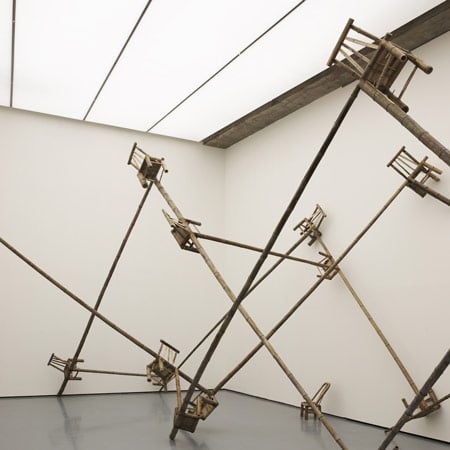 |
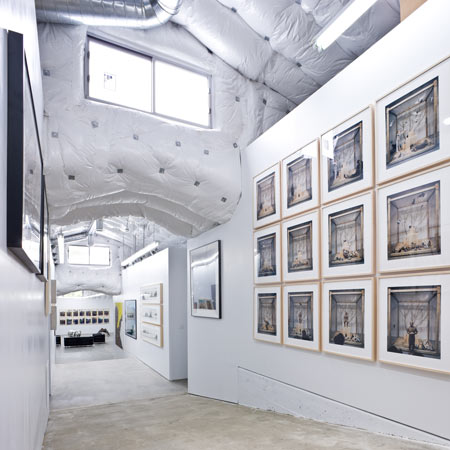 |
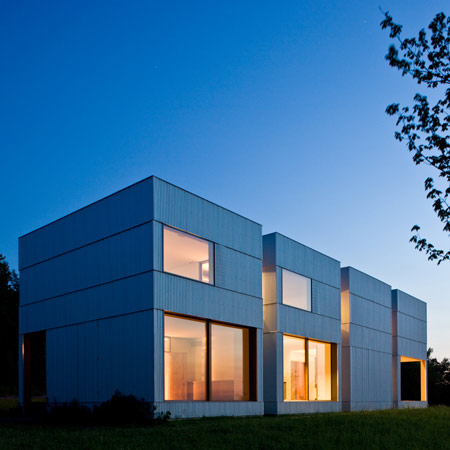 |
| Ai Weiwei at Albion Gallery |
Artfarm by HHF Architects and Ai Weiwei |
Tsai Residence by HHF architects and Ai Weiwei |